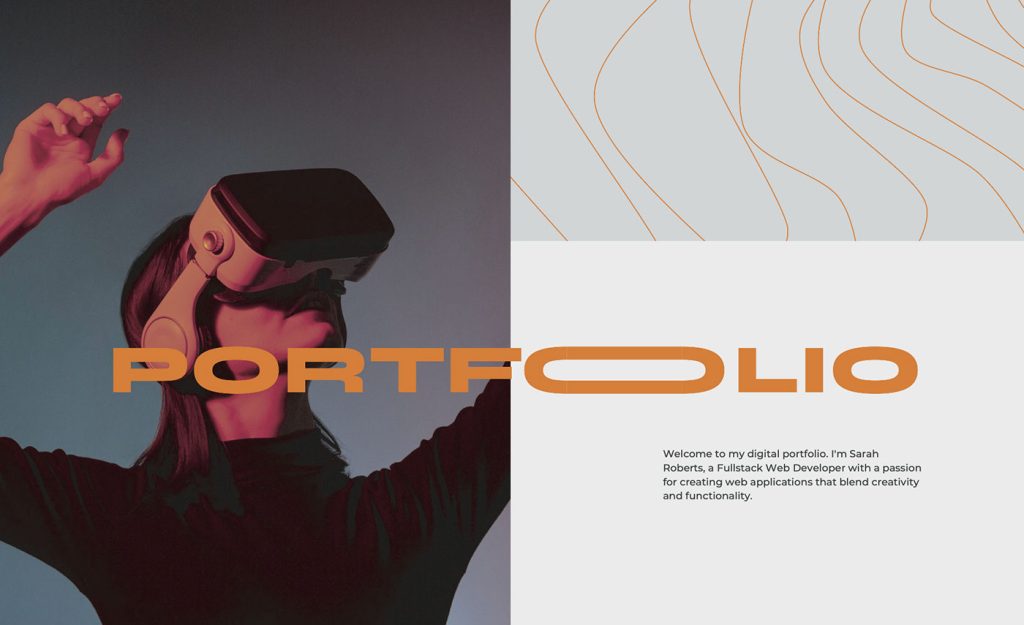As a web designer, you have an enviable skill set for starting a business online. Web designers are exposed to a wide range of product, marketing, brand and interaction design problems every day through their work. For many web designers, the skills you need in today’s environment are pretty broad too. You might be most at home practicing user experience design, or graphic design, or front-end coding; but chances are you can also get by setting up an install of an open source product, creating a social media campaign, stitching together web apps, and generally making stuff online.
Being able to build products, either from scratch, or by pulling together off-the-shelf services, puts you way ahead of many people who think about starting an online business. But that doesn’t make it easy!
Years ago, I made this very jump from freelance web designer to start-up founder. If you have the stomach for it, I highly recommend the change as a really exciting and interesting leap to make. You’ll learn heaps, and even if your new business doesn’t make it all the way, it’s still a fascinating experience. But successful or not, this is a very time intensive change to make.
The company I cofounded is called Envato, and it’s now hundreds of people big, and quite far from a little startup. But your aspiration doesn’t need to be that big. An app, publication, or service that brings in enough to pay yourself can be incredibly liberating and a great springboard for other things.
If you’re keen to learn about how to make the switch from web design or development, to start-up, read on!
Side projects: the place to start
Practice is how you get better at literally anything in life. Startups are no different. While being a web designer has given you practice at some of the core product creation skills you’ll need, there are plenty of others to refine.
Side projects offer a way to practice those other skills. I’m talking about skills like selecting an idea to work on, researching it, figuring out if people are interested, launching it, and marketing it. You’ll have to do all these things when you build your own new business, but with one great difference: unlike with a side project, you’ll have the full pressure of needing to make money.
Side projects are things you make in your spare time. You still carry on your job, you still make money the way you have been. But your extra hours go towards practicing for your new start-up life. It’s a big time commitment, but it’s the best way to prepare yourself for a start-up.
Sometimes side projects take off. A great example is Unsplash which used to be just a Tumblog curated on the side by the team at Crew. Today it’s grown a life of its own and become a first-class product with people dedicated to it.
Other times side projects inform your final startup. Before Envato, one of my side projects was to sell stock Flash components. Doing this, I learned a bit about customer demand, pricing, and the business. Even though as a side project, it was only making a few hundred dollars a month, the experience led me to a business idea. What if we made a dedicated marketplace for people selling Flash. That was the very first product we made at Envato.
[pullquote]do something you think is interesting. That way you’ll be motivated to work on it.[/pullquote]
I browse through ProductHunt every day and it’s filled with just as many little side projects as it is full blown product startups. If you’re looking for ideas for a side project, start checking out what other people are doing. Think about what’s working for them, what problem they are solving, and why they are or aren’t getting interest. And most importantly, do something you think is interesting. That way you’ll be motivated to work on it.
When thinking about what side projects to make, think about it like you’re considering a new business. What would people want? What problem can you solve? Who’s the target audience? Then build something, and check back on those assumptions.
The more you practice making and releasing side projects, the more ready you will be to start investing even more time and energy into a new startup.
Save up and have income
Unless you’re very lucky, when you do start your new business it probably won’t be a big success right off the bat. When we started Envato we had sales from day one, but it didn’t cover our livelihood for a very long time.
It’s critical to have savings to draw on, or even better a steady income source. I relied on freelance work while working on Envato. It meant effectively doing two jobs for a long time. But I preferred that than the stress of not having enough money to make ends meet!

Another alternative is to set up some kind of passive or semi-passive income source. Some successful product/startup people have written an ebook, or sold stock content, themes, or the like to fund themselves. If you can make this work, it can be awesome. But be warned, sometimes these kinds of projects can be a business and time-sink all of their own!
Whatever the route you take, ensure you have an income source. Unless you’re planning to go down a big investment route, you really want to make sure you have a livelihood to support yourself on your new big endeavour. It takes a lot of the stress out, and ensures you may be exhausted — but you’ll make it through!
Ready to Go For It? Start with an MVP
Once you’ve had a couple of small successful side projects and you’ve figured out your income source, you’re ready to make the jump.
Figuring out what product to build is exactly like making a side project, except with one extra dimension: it needs a business model. There are lots: from selling advertising, to selling products, to selling subscriptions, and everything in between.
Use the same overall criteria to select what you want to work on, but look for something with a proven way of making money. Unless you’re very confident, it’s generally better to go with selling a product or service than advertising. Making money with ads relies on major traffic to get the scale that makes it viable. Selling products and services is generally much more intuitive for first-time founders. You can quickly do the math on how many customers you’ll need to get to make it viable and then think about how to reach and incentivize those customers.
[pullquote]Try to figure out a test that involves receiving actual money. It’s the only way to really be sure that your idea has legs.[/pullquote]
When you have an idea for a product business, you need to test it out. Before you commit a lot of time and energy, find a way to test the idea in a small way. In startup lingo, you need a Minimum Viable Product (MVP) that lets you figure out if people really do want what you’re planning to sell. Try to figure out a test that involves receiving actual money. It’s the only way to really be sure that your idea has legs.
An MVP often involves faking some of the harder parts of the idea. You might manually do a process that you eventually intend to automate. Or you might spend way more on customer acquisition than is actually profitable just so you avoid having to think through marketing in too much detail. Faking parts of the idea lets you quickly get something up and running so you can put all your assumptions to the test. If you find it’s working, you can then start building it properly. If it’s not working, you test some new assumptions and ideas.
Back when we started Envato, the idea of an MVP was not nearly as prevalent. I look back at our first launch and it was a lot more risky, and almost didn’t make it, because we loaded up the first version of the product with features that ultimately weren’t even very well used. We would have dramatically de-risked our business and probably made a better product at launch, if we’d focused down on the essentials and gotten something to market earlier.
If you haven’t come across the idea of MVPs before, it’s a good idea to read the book The Lean Startup. It’s a modern classic in startups that covers the concept of MVPing an idea as well as lots of other good startup advice.
Once you have an MVP that is showing signs of traction, it’s time to build out the rest of your new startup, and begin marketing and growing it. At this point, you’ve pretty much made the jump!
Keep Learning!
On your startup journey, it’s a great idea to constantly invest time in reading about how other people approach startups. Tune into sites like Hacker News and Inbound to learn about startups and marketing. Eight years into my business, I still read every day about starting and running businesses. There’s always more to learn, experiment with, and practice. Together with your web design skills, these learnings will turn you into a force to be reckoned with!
Here are some resources to get you started: Sacha Greif — Side Projects: From Idea to Launch; Drew Wilson & Josh Long — Execute; Inbound.
Good luck!






